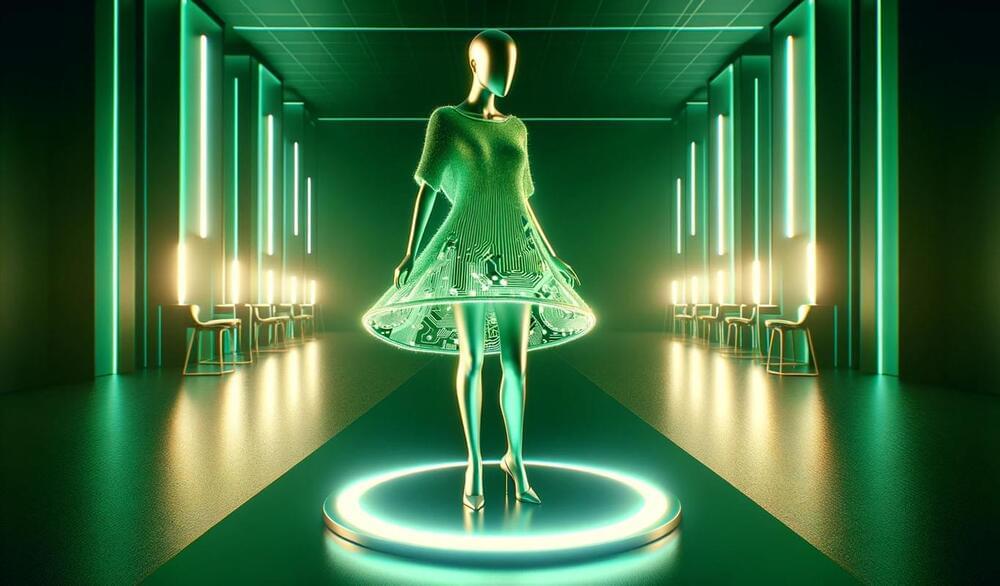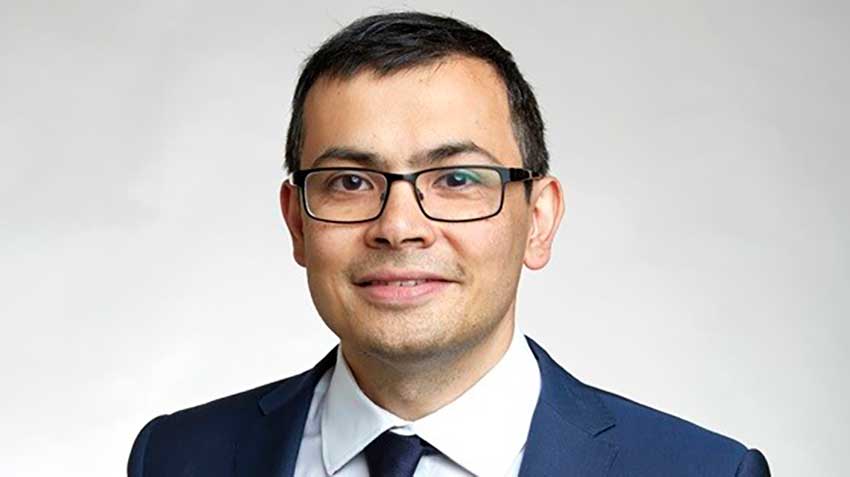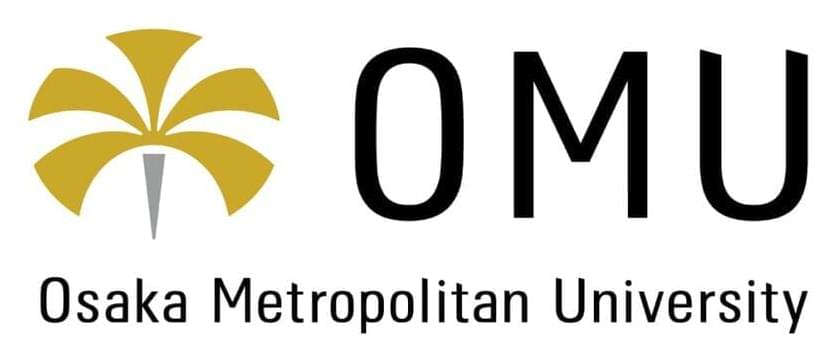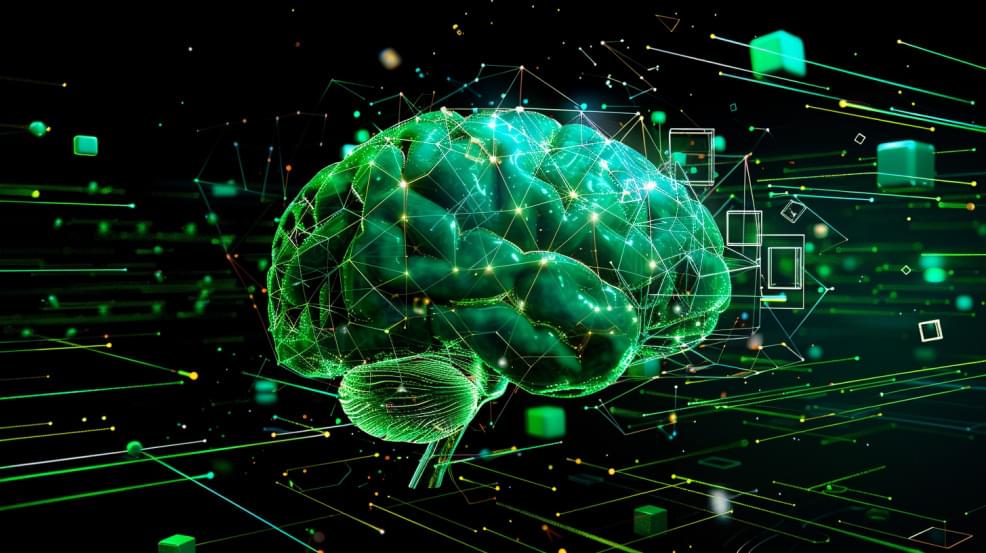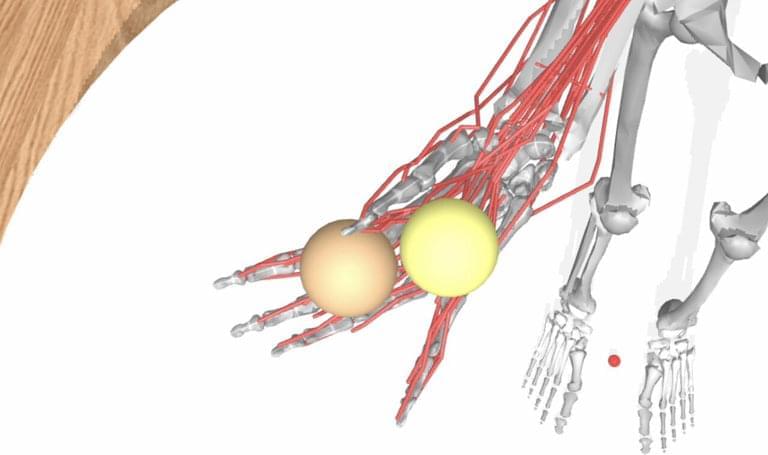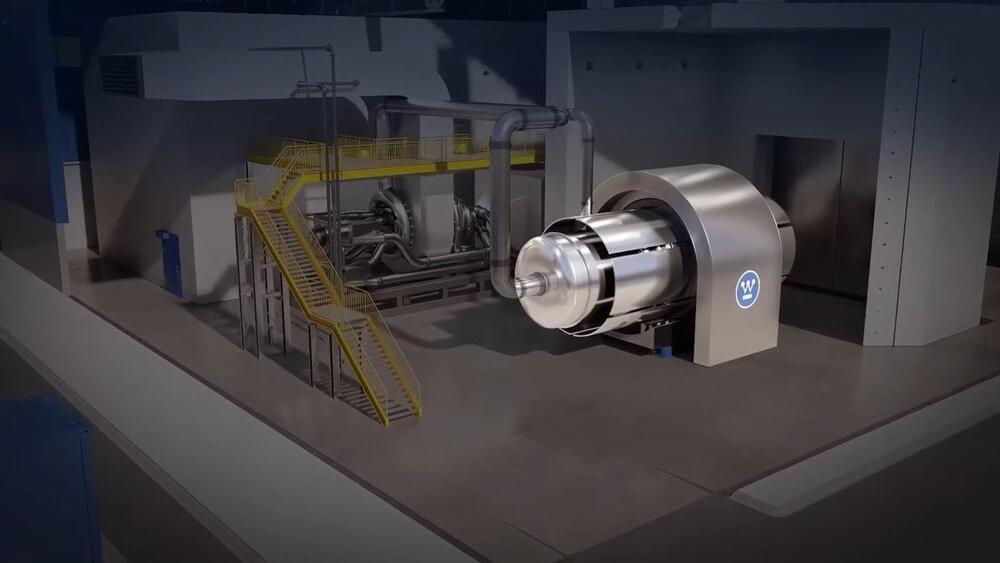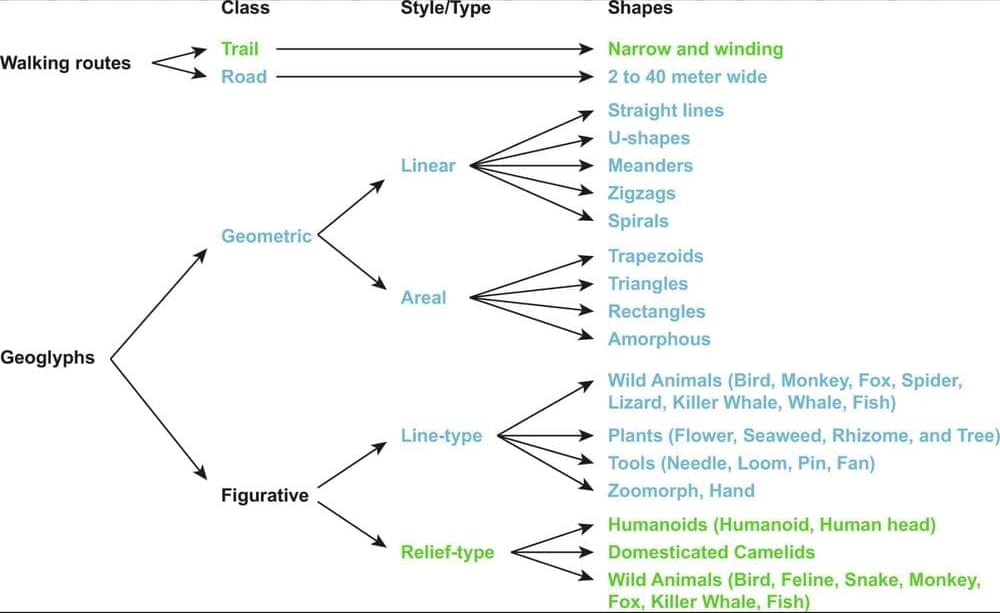In the ongoing journey to create and understand AI (artificial intelligence), a key challenge has been determining if and when a machine has achieved consciousness.
While early AI research focused on mimicking human behavior, modern advancements have revealed the limitations of traditional evaluations like the Turing Test.
As we push the boundaries of AI development, we must redefine how we measure machine intelligence, moving beyond surface-level interactions to explore deeper levels of awareness, creativity and self-consciousness.
